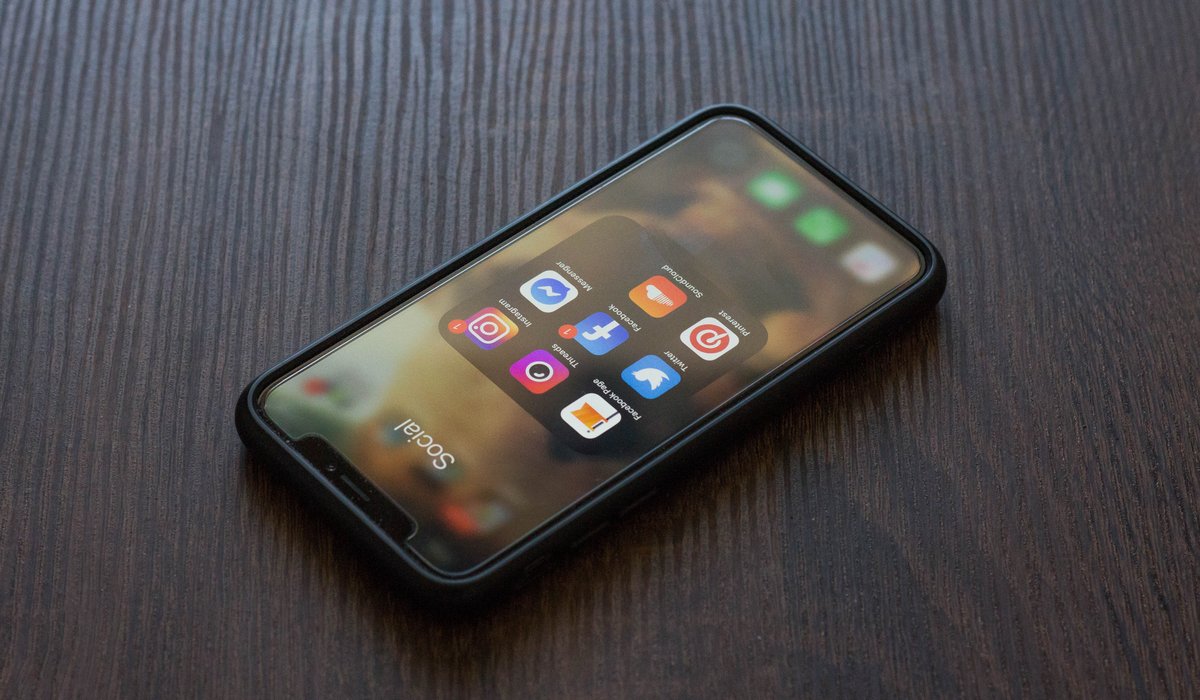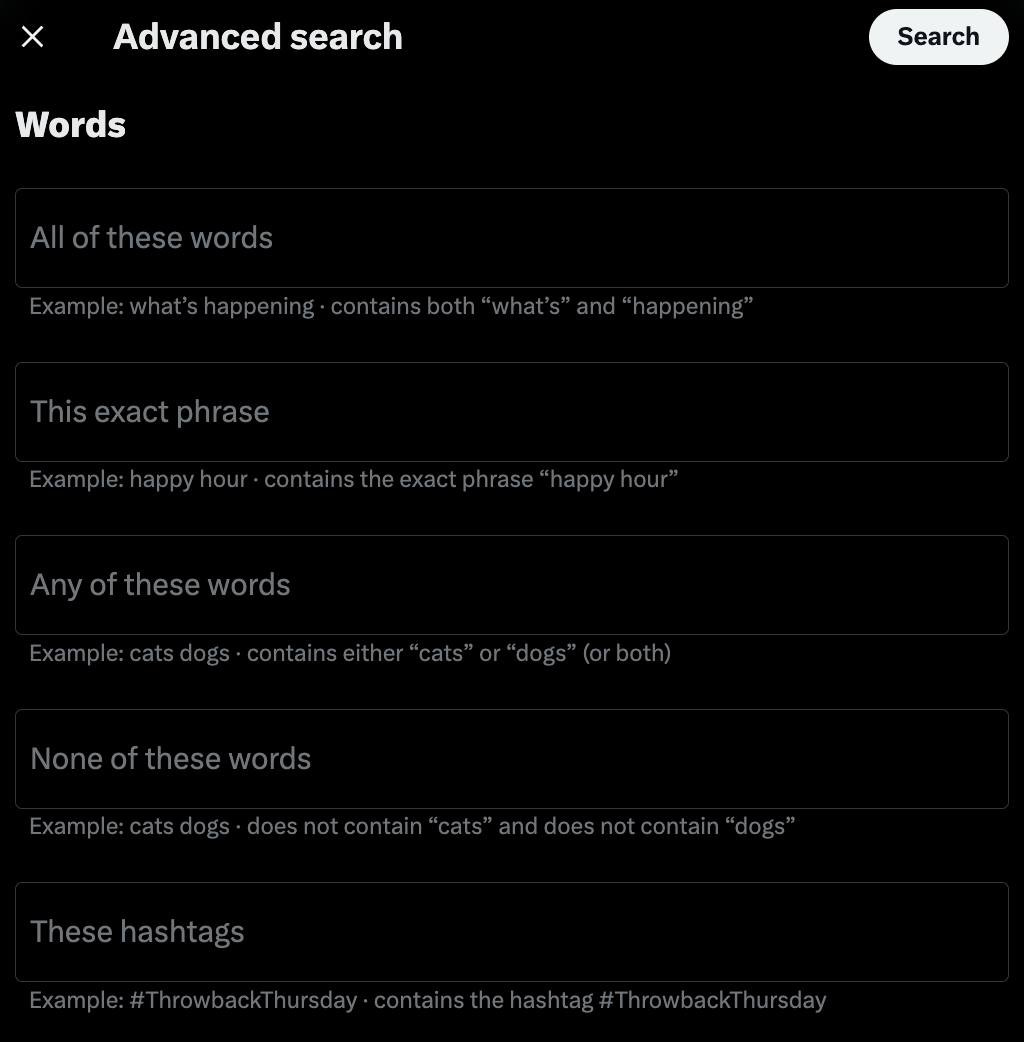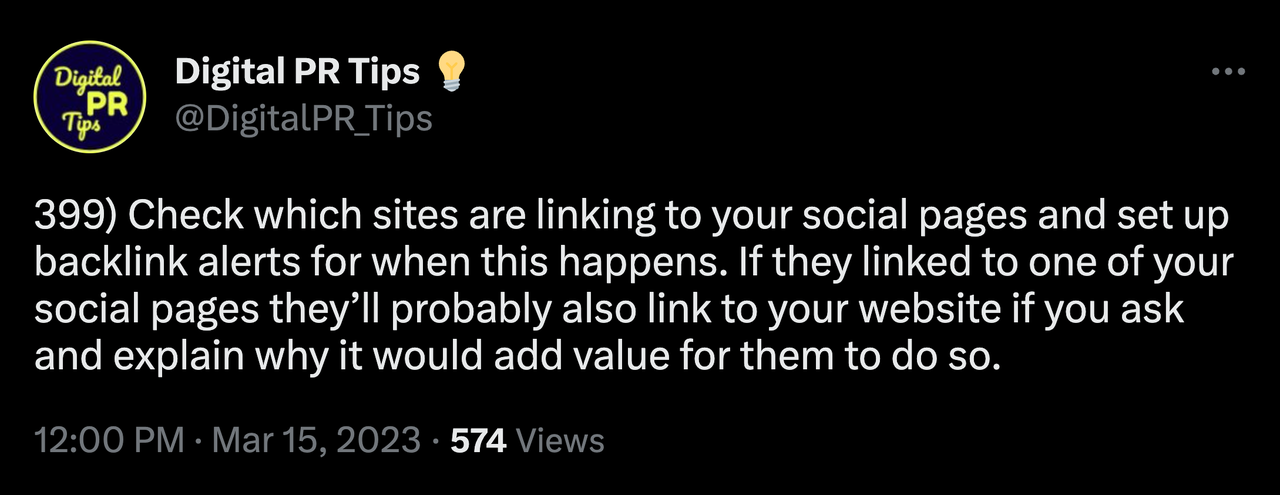Is the trade media dead?

At a time when TikTok is now the fastest-growing source of news in the UK, the future of traditiona…

Need a way to stay on top of the latest news and trends in your industry and manage your company's reputation, without paying through the nose? Look no further than Twitter. With our tips and tricks, you'll be able to get valuable campaign insights, build strong relationships with the right contacts, and stay ahead of the game.

Anyone who’s responsible for running PR campaigns or managing a company’s reputation knows how important it is to stay on top of the latest news, trends and topics in their industry. A myriad of tools now exist to make this process easier but, sadly, they usually come at a premium.
However, one of the most powerful tools for this purpose is actually still free (for the most part). No, this isn’t yet another ChatGPT hype post: we’re talking about Twitter.
Over the years, Twitter has evolved from a simple social media platform into a powerful news aggregator that delivers real-time updates and trending topics to its users. Here, we’ll discuss how it can be used to monitor breaking news, identify new ideas for compelling campaigns and build strong relationships with journalists and influencers.
We’ll also delve into the vibrant community of PR professionals on Twitter and how you can leverage it to learn new skills, build a personal brand and connect with industry leaders.
Since its inception in 2006, Twitter has become one of the most powerful free resources for PRs and journalists alike.
Over time, its developers have introduced various features and updates to make it more user-friendly and effective for businesses. When Twitter increased its character limit to 280 in 2017, it gave businesses more room to express themselves and share their messages effectively. Since then, various new features such as Spaces, Fleets, and Twitter Live have also been introduced in an attempt to keep up with rival platforms such as Instagram, Snapchat and TikTok.
While some of these newer features weren’t that well-received, the fact that Twitter has retained a chronological timeline while most other platforms are purely algorithmic (Twitter users can easily switch between ‘For You’ and ‘Following’) has cemented its place as one of the most popular sites for sharing news and views.
It's important to remember, though, that the platform is always changing - this has been very evident since Elon Musk's takeover. Changes may affect your ability to access certain types of information on Twitter, so make sure to stay up to date with new developments.

Whether you're a seasoned practitioner or just starting out, here are some tips and insights that will help you make the most of Twitter for your PR campaigns.
Find relevant journalists
Twitter can be an incredibly powerful tool for building relationships with journalists and media outlets. One of the best ways to get started is by using its advanced search feature, which allows you to filter results by keyword, location, date, and more to find journalists and media outlets who are covering topics relevant to your industry.
Once you've found the right people to connect with, you can use Twitter Lists to help you organise and monitor their activity. For example, you might create a list of journalists who cover your industry and use it to keep track of and engage with their tweets, to stay up to date on the latest news and trends. By retweeting their articles, commenting on their posts and generally interacting with key stakeholders, you can start to establish yourself as a trusted source of information in your industry.
Don't be afraid to use Twitter to pitch stories or ideas to journalists either. Some of them expressly prefer this method of contact because it shows you’ve done your research (to find their profiles) and is a more personal approach than using a database such as Gorkana.
#Journorequest is a hashtag that journalists use to request information or sources for their stories. By using this hashtag, journalists are essentially putting out a call for help to the PR community, asking for information or sources that can help them to write their articles. PR professionals who monitor this hashtag can then respond to the requests with relevant information or sources that may be useful to the journalist.
On the other hand, #PRrequest is a hashtag that PR professionals can use to put out a call for help to journalists and promote the stories and spokespeople they have available.

Enhance campaign planning
Twitter is a fantastic platform for conducting audience research, even if you’re targeting a niche B2B audience. You can use advanced search to find relevant conversations and hashtags and analyse this data to better understand your audience’s interests, pain points and preferred communication styles. Armed with this information, you can then refine your content strategy and create more targeted campaigns that really speak to your audience.
But that's not all. By establishing a presence in relevant online communities on Twitter, you can start to build brand advocates and identify influencers who can help to spread the word about your brand. You can even use polls and surveys to gather honest feedback on new product, service and content ideas.
If you want to take your audience research to the next level, consider using social media listening software such as Brandwatch, Sprout, or Hootsuite. These programs use AI and machine learning to cut through the noise and find juicy insights which can enhance your current strategy and guide future action.
Not only that, but social media listening software can also alert you to potential crises before they reach mainstream media. By flagging up sudden increases in the volume of certain keywords, you can take swift and decisive action to address any issues and protect your brand reputation.

Share your knowledge
There is a vibrant community of PR professionals on Twitter who regularly share insights, best practice and industry news. Follow relevant accounts and hashtags such as #PRPros or #PRTips to stay up to date on the latest trends and news, share your own tips and engage in conversations to establish yourself as a thought leader in your field.
There are numerous hashtags and communities that can prove useful for industry-specific information. If you work in the tech industry, you may want to join and engage with the #TechPR community. Similarly, if your main focus is healthcare, it's worth monitoring the #HealthPR hashtag to identify relevant journalists and media outlets.
Ultimately, the key to succeeding on Twitter is to remain up to date with relevant hashtags and communities and actively engage with journalists and media outlets in your industry. This way, you can develop strong relationships and secure valuable coverage for your clients.

Who to follow
@PRCA_UK - the PRCA is the world’s largest professional body for PR and communications which uses its Twitter account to promote news, views, webinars and other useful information.
@CIPR_Global - the CIPR is another leading professional body that uses Twitter to publish thoughts, training resources, campaign analysis and more. Some local CIPR groups also have their own profiles where they share information that’s tailored to PR professionals in their area.
@DigitalPR_Tips - an account run by other industry professionals who share a new PR tip every working day at midday, on everything from generating more backlinks to finding even better contacts.
@rkhleicester - to stay up to date with our team news, informative articles (like this one) and examples of client work.
Click here to find out more about our range of PR services.
Have any questions for our PR team? Get in touch and tell us about your upcoming projects.